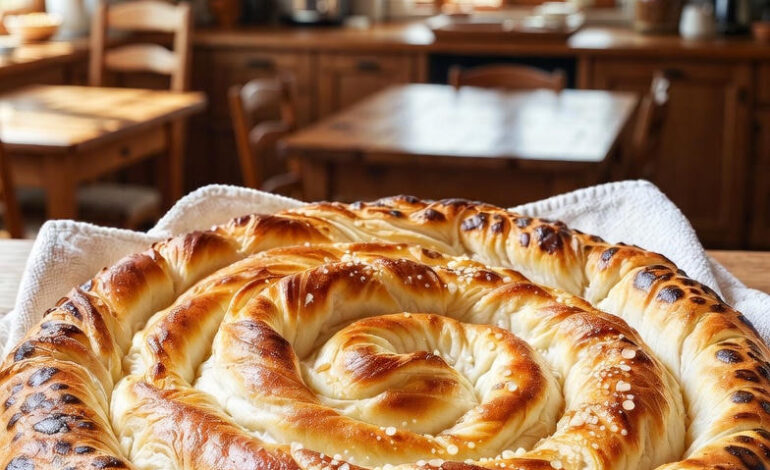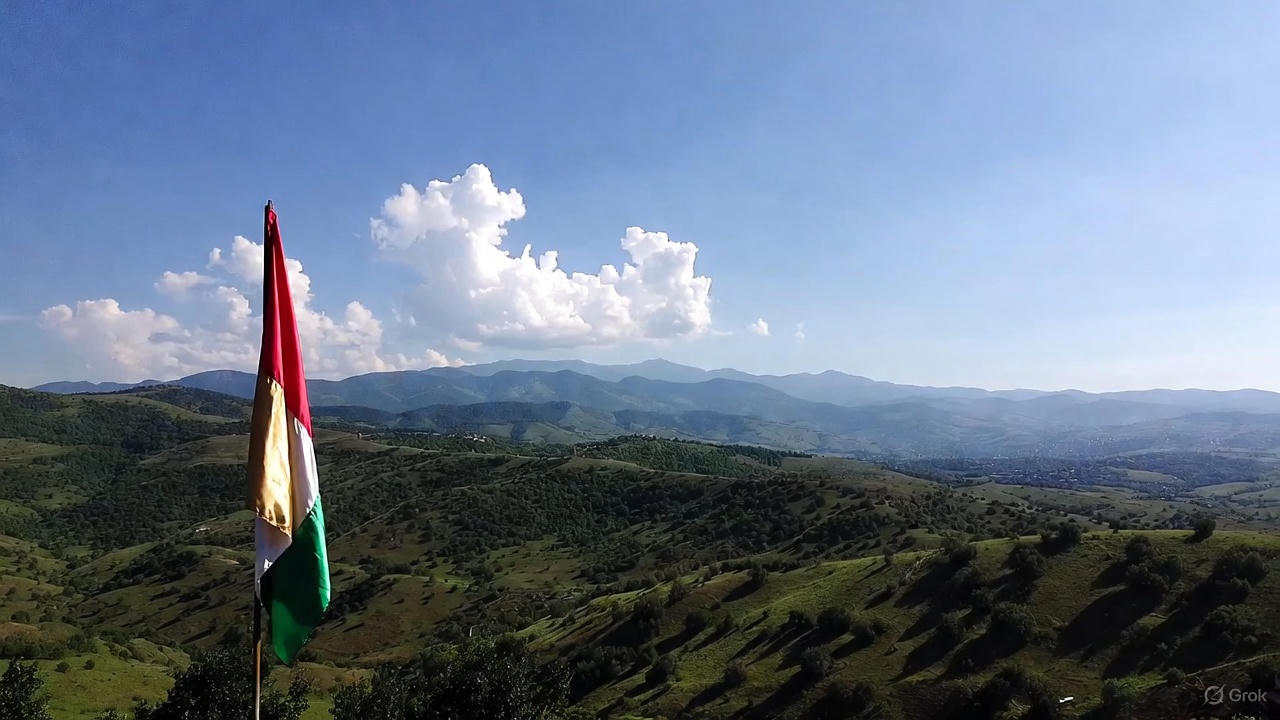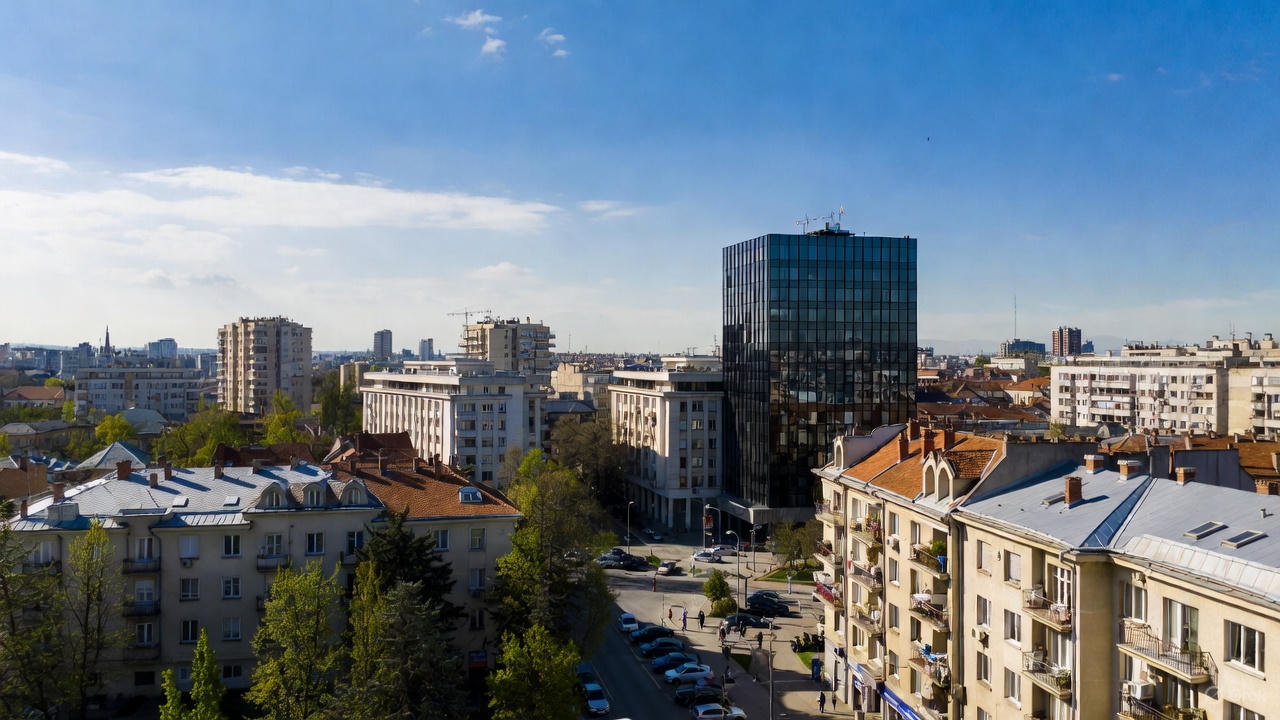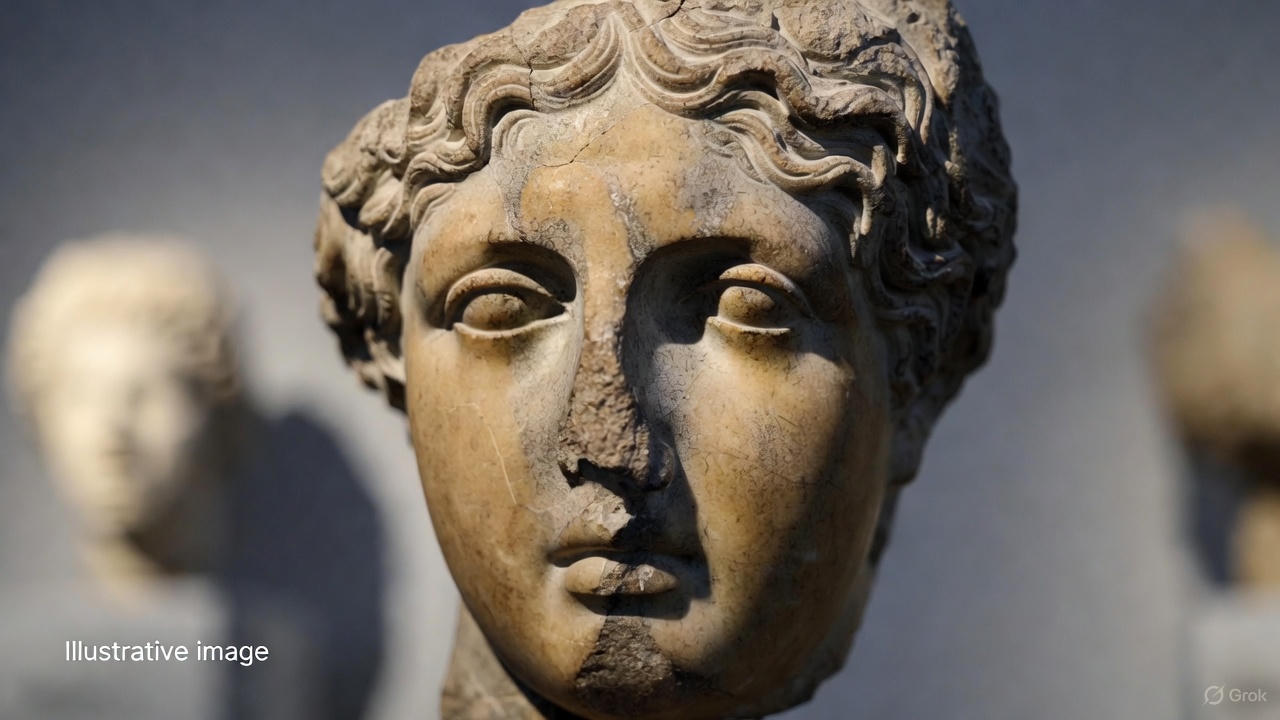Kavarma: The Slow-Cooked Soul of the Bulgarian Mehana

If banitsa is breakfast and Shopska is the bright summer starter, then kavarma is the main event; the dish that makes grown men close their eyes on the first spoonful and whisper “Това е България…” (“This is Bulgaria…”).
Kavarma is a rich, aromatic stew of pork (or sometimes chicken, veal, or even rabbit) slowly baked in a traditional clay pot (gyuveche) with onions, peppers, tomatoes, wine, and a quiet symphony of spices. Every region, every village, every grandmother claims theirs is the true version, and every mehana will tell you theirs is the one your grandfather dreamed about.
A Thousand-Year-Old Dish with a Hundred Names
The name “kavarma” comes from the Turkish-Arabic root kavurma (“to fry” or “to roast slowly”), confirming its Ottoman-era refinement, but the technique is far older. Thracian tombs from the 4th century BC show scenes of meat being cooked in clay pots over embers, and the Old Bulgarian word kavarma already appears in 16th-century monastery records.
During the National Revival period (18th–19th century), kavarma became the signature dish of the roadside inns (mehani) along the trade routes from Constantinople to Vienna. Travellers wrote in their journals about stopping in places like Koprivshtitsa, Karlovo, or Kalofer and being served steaming clay pots that had been baking since dawn in the massive brick ovens (furni).
Under communism, kavarma survived rationing by being infinitely adaptable: a little less meat, more leeks or mushrooms, a splash of cheap red wine, and it still tasted like a celebration. Today it is one of the few dishes that every single Bulgarian restaurant (from fancy Sofia establishments to tiny village pubs) is legally expected to offer well.
The Classic Pork Kavarma – The Way They Still Make It in Troyan and Teteven
Serves 4–6 (individual clay pots) or one large family-style gyuveche Preparation: 30 minutes Cooking time: 1 hour 45 minutes – 2 hours (slow is non-negotiable)
Ingredients
- 1 kg pork shoulder or leg (with some fat – the tastiest part), cut into 2–3 cm cubes
- 400–500 g leeks (white + light green parts), sliced into 1 cm rings (the winter version uses only onions, but leek kavarma is considered superior)
- 2 large red bell peppers (or the long, sweet “kurtovska kapia”), cut into strips
- 3–4 roasted red kapia peppers (peeled, from a jar is perfect)
- 400 g fresh tomatoes, grated (or one 400 g tin of good chopped tomatoes + their juice)
- 150–200 ml dry red wine (Mavrud, Merlot, or whatever cheap local red you have)
- 100 ml sunflower oil
- 1–2 hot green or red chillies (optional – whole, just pricked with a knife)
- 1 tablespoon sweet paprika (mild, not smoked)
- 1 teaspoon sharp paprika or chilli flakes (optional, for the brave)
- 1 teaspoon summer savory (chubritsa) – dried and crumbled
- 1 teaspoon dried spearmint (dzhodzhen) – this is the secret note many outsiders miss
- 5–6 black peppercorns
- 2 bay leaves
- Salt and freshly ground black pepper
For finishing (absolutely mandatory)
- 1 large bunch flat-leaf parsley, finely chopped
- Extra 50 ml red wine (to splash just before serving)
The Traditional Clay Pots (Gyuveche)
If possible, use four to six individual earthenware pots with lids (300–400 ml each). If not, one large covered casserole works fine.
Method – Slow and Reverent
- Preheat the oven to 160–170 °C (320–340 °F) – low and slow is the soul of kavarma.
- In a deep, heavy pan, heat the sunflower oil until shimmering. Brown the pork cubes in batches until deep golden on all sides (do not crowd the pan). Remove and set aside.
- In the same fat, add the sliced leeks and a pinch of salt. Cook over medium heat for 8–10 minutes until completely soft and sweet – this is the flavour base.
- Add the fresh red pepper strips and cook another 5 minutes.
- Return the pork to the pan. Sprinkle the sweet paprika and stir for 30 seconds until the oil turns red and fragrant.
- Pour in the red wine and let it bubble for 2 minutes to burn off the alcohol.
- Add grated tomatoes, roasted peppers (torn into pieces), bay leaves, peppercorns, hot chilli (if using), savory, and spearmint. Season generously with salt and black pepper. Bring to a simmer.
- Transfer everything into the clay pots, dividing equally. The liquid should come about ¾ up the meat – if too dry, add a splash of hot water or more wine. The final sauce should be thick, not soupy.
- Cover with lids (or foil if using a large dish) and place in the oven for 1 hour 30 minutes – 2 hours. Do not peek too often; the steam is doing the magic.
- Ten minutes before the end, remove the lids to let the top caramelise slightly.
- Final ritual: splash 1–2 teaspoons of fresh red wine into each pot and scatter a mountain of chopped parsley on top. Put back in the oven uncovered for 3–4 minutes.
Serving
Bring the sizzling pots straight to the table on wooden boards. Serve with crusty bread (or warm pârlenka flatbread) to mop up the sauce, a bowl of thick homemade yoghurt on the side, and a shot of cold rakiya to cut the richness.
Every spoonful should have tender meat, silky leeks, and a sauce that tastes of woodsmoke, wine, and summer fields.
Regional Variations That Start Heated Arguments
- Troyan & Balkan Mountains: pork + leeks only, very peppery, served with boiled potatoes on top
- Dobrudzha: chicken kavarma with mushrooms and no tomatoes
- Rhodope: lamb or goat kavarma with lots of spearmint and slow-cooked for 4 hours
- Plovdiv & Thrace: sweeter, with more roasted peppers and a touch of sugar
- Black Sea coast: sometimes finished with a cracked egg on top that bakes in the final minutes (kavarma po ribarski)
Final Thoughts
Kavarma is not fast food. It is the dish you start when you know you have time – time to talk, to drink a little wine, to wait for the clay pot to work its centuries-old alchemy. It smells like wood-fired ovens in old houses, sounds like crackling fire and clinking glasses, and tastes like every Bulgarian childhood memory of Sunday lunch with the entire extended family squeezed around one table.
When the lid finally comes off and the steam rises, carrying the scent of leeks, wine, and slow-roasted pork, even the quietest person at the table will sigh and say the same thing:
“Ей, това е животът…” (“Now this… this is the life.”)
Nazdrave – and save the last piece of bread for the bottom of the pot. That’s where the real flavour hides.









